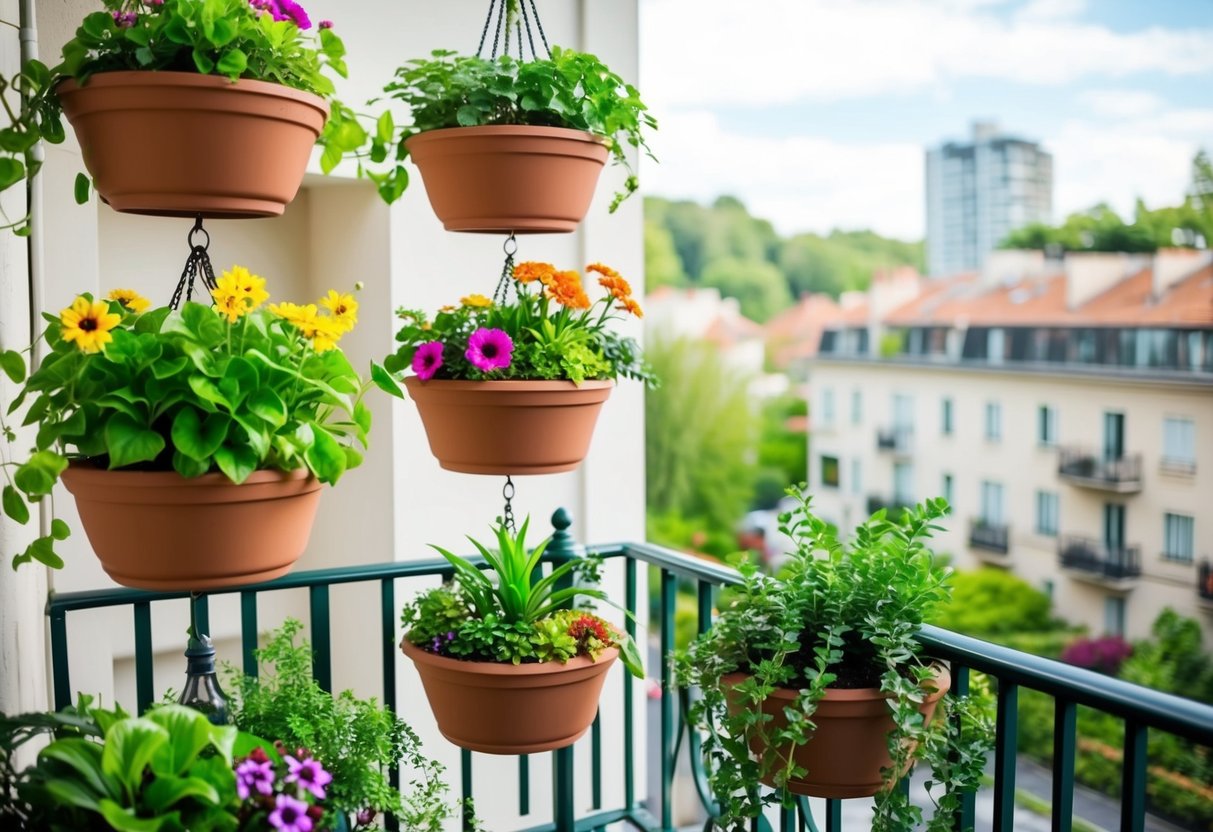
Maintaining Your Vertical Garden
To keep a vertical garden thriving, focus on regular care with thoughtful watering, timely fertilizing, proper pruning, and consistent harvesting. Providing the right nutrients and care ensures healthy growth and maximum yield from your plants.
Watering and Fertilizing
Watering is crucial for vertical gardens, as plants tend to dry out quickly. Use drip irrigation systems for consistent moisture delivery. For those without irrigation systems, manual watering should be done every day, especially during warm months. The soil should remain damp but not waterlogged to prevent root rot. Fertilization should be part of a regular care routine, incorporating a balanced liquid fertilizer every two to four weeks. This provides essential nutrients that support plant growth and yield. Spraying a diluted seaweed extract occasionally can further enhance soil vitality. Monitoring soil conditions and plant health will guide adjustments in water and nutrient supply, allowing for a thriving vertical garden.
Pruning and Harvesting
Pruning ensures vertical gardens remain lush and healthy. It involves the removal of dead or overgrown foliage to encourage new growth. Regular trimming prevents plants from becoming too dense, which can obstruct airflow and lead to disease. Tools should be clean and sharp to minimize plant stress. Harvesting is another critical aspect, especially for edible vertical gardens. Picking vegetables and herbs when they are ripe promotes continuous production. Frequent checks help in determining the appropriate time to harvest, ensuring plants remain productive. Early morning is typically the best time as plants have accumulated nutrients overnight. This practice not only maintains the garden’s appearance but also optimizes the yield and plant health over time.
Seasonal Care for Vertical Gardens
Vertical gardens thrive with attention to seasonal changes, ensuring optimal growth. Consider the varying needs of different plants like annuals and perennials as temperatures and sunlight exposure fluctuate throughout the year.
Managing Sun and Shade
Each season brings shifts in sunlight intensity and duration. In summer, plants may need protection from excessive sunlight, which can scorch leaves, especially in flower gardens. Consider using shade cloths or relocating portable vertical gardens to sheltered spots. It’s important to monitor and adjust the garden’s position or install temporary shade structures as needed.
In winter, shorter days might cause some plants to receive insufficient sunlight. Moving the garden to a spot that maximizes sun exposure can benefit growth. Perennials often need less light adjustment than annuals, which may demand careful attention to their changing lighting needs throughout various stages.
Preparing for Weather Changes
Weather conditions impact vertical gardens significantly. Rainy seasons can cause overwatering, while dry spells might necessitate increased irrigation. Ensuring proper drainage is essential, as waterlogged soil can harm both annuals and perennials. Evaluate and amend soil if necessary to support diverse plant types like those in flower gardens.
During frost, protect vulnerable plants with coverings or move them indoors if possible. In climates with significant temperature drops, safeguarding sensitive species is crucial to prevent damage. Consider using mulch to insulate roots against cold temperatures, promoting better survival rates for tender perennials.
Innovative Vertical Garden Ideas
Vertical gardens transform walls into lush, green landscapes. They can host succulents that conserve water, air plants that thrive indoors, and edible plants that bring fresh ingredients closer to the kitchen.
Vertical Succulent Garden
Succulents are ideal for vertical planters, especially where water conservation is crucial. They thrive with minimal maintenance, displaying a remarkable variety of colors and textures. A vertical succulent garden is perfect for walls or fences, maximizing space while providing a stunning aesthetic.
These gardens are often designed with pocket planters or individual pots mounted on a frame. Creatively arranged, they can form patterns or highlight particular species. Incorporating a drip watering system helps maintain consistent moisture levels, ensuring the succulents are never waterlogged. Such a system is discretely installed, preserving the look and health of the garden.